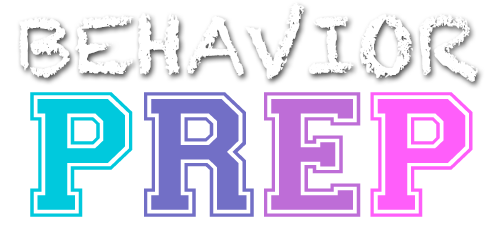B.15 Identify examples of response maintenance
Response Maintenance
Response maintenance refers to the continued performance of a learned behavior after the original reinforcement has been reduced or eliminated. The behavior persists over time, even without consistent reinforcement.
Example: A student is taught to raise their hand before speaking in class. Initially, the teacher consistently reinforces this behavior with praise. Over time, the teacher reduces the frequency of praise, yet the student continues to raise their hand before speaking, even without regular reinforcement. This continued behavior demonstrates response maintenance.
